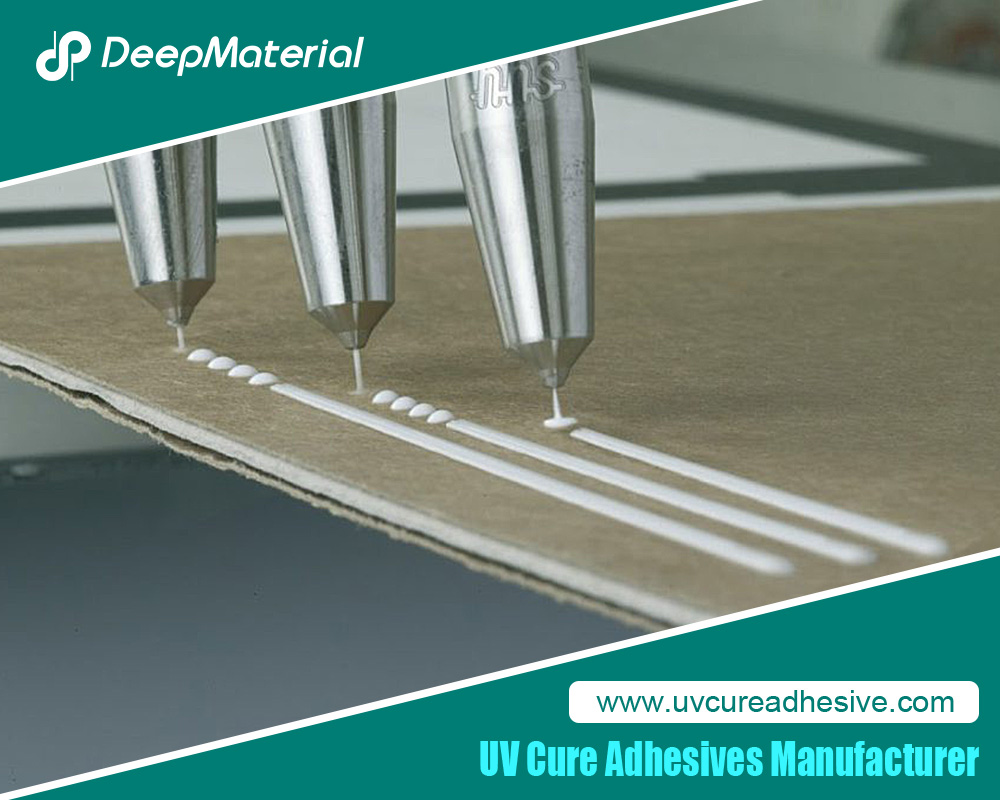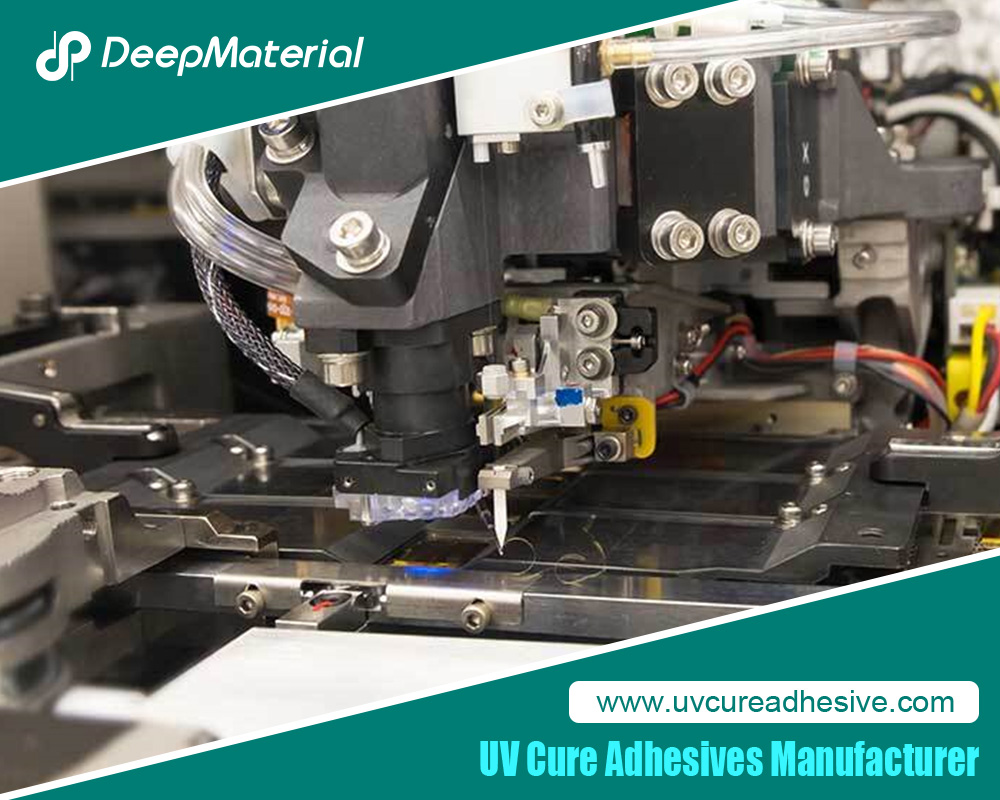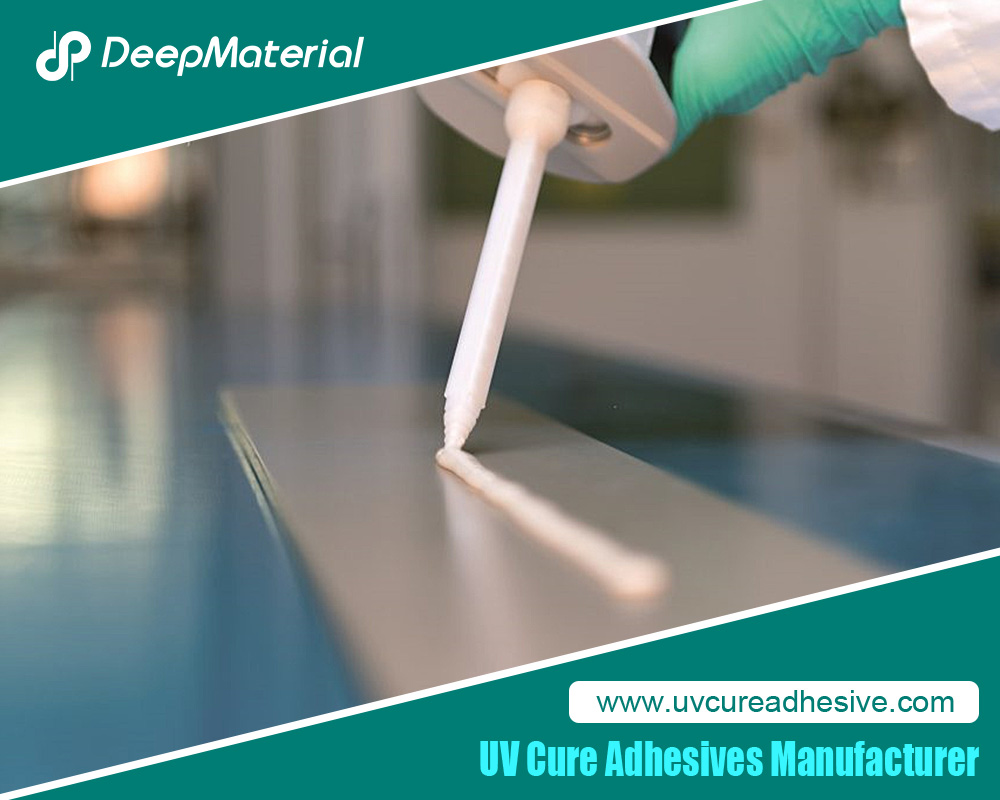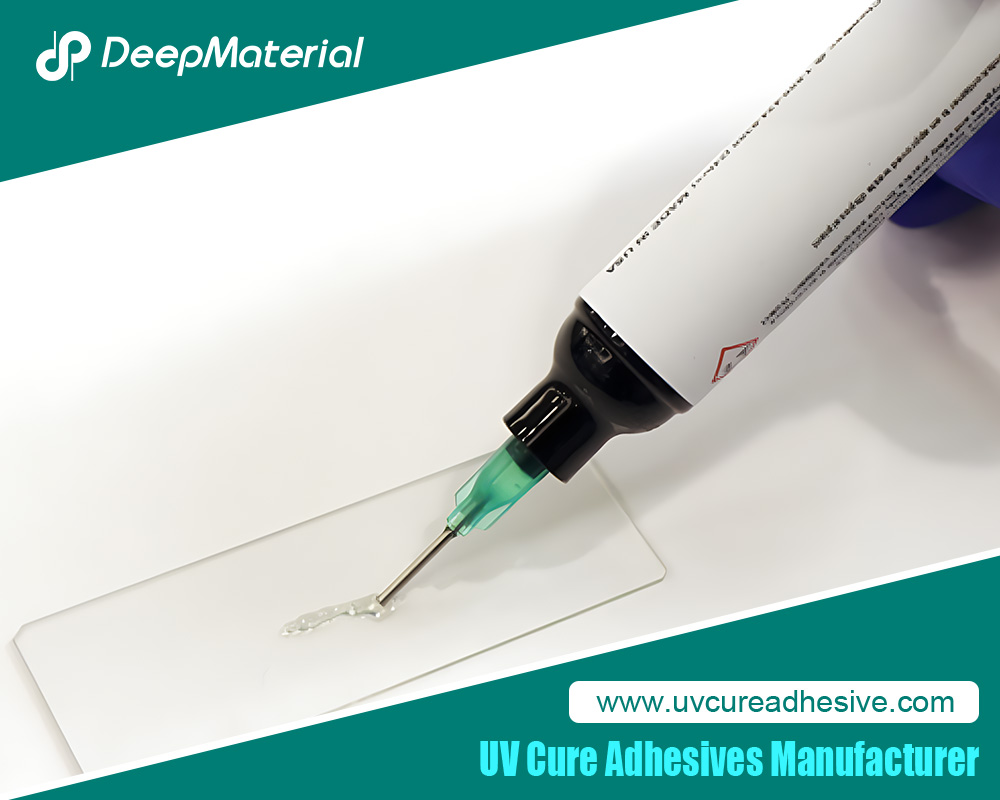Biocompatibility of LED UV Glue Adhesive and Its Application Potential in Medical and Food Packaging Fields
LED UV glue adhesive has been widely applied in numerous fields due to its advantages such as rapid curing and easy operation. However, in fields with stringent safety requirements like medical and food packaging, its biocompatibility after curing becomes a crucial factor determining its applicability. Biocompatibility refers to the concept of various complex biological, physical, and chemical reactions that occur after the interaction between materials and organisms. Good biocompatibility means that the material will not cause adverse effects such as toxicity, irritation, and sensitization to the organism. Only by meeting this requirement can LED UV glue play a role in these fields.
Chemical Composition and Curing Principle of LED UV Glue
1. Chemical Composition
LED UV glue adhesive is mainly composed of prepolymers, monomers, photoinitiators, and additives. The prepolymer is the basic framework of the glue, determining the basic properties of the cured glue, such as hardness and flexibility. Monomers participate in the polymerization reaction, adjusting the viscosity and curing speed of the glue. When the photoinitiator absorbs the ultraviolet light of a specific wavelength from the LED, it generates free radicals or cations, triggering the polymerization and cross-linking reaction of prepolymers and monomers to achieve the curing of the glue. Additives include leveling agents, defoamers, stabilizers, etc., which are used to improve the processing performance and storage stability of the glue.
2. Curing Principle
When the ultraviolet light from the LED irradiates the UV glue, the photoinitiator absorbs the light energy and undergoes a photolysis reaction to generate active free radicals or cations. These active species rapidly react with the unsaturated bonds in prepolymers and monomers, initiating a chain polymerization reaction, gradually polymerizing small molecular compounds into a three-dimensional network macromolecular structure, thus realizing the transformation of the glue from a liquid state to a solid state. The curing process is rapid, usually completed within a few seconds to tens of seconds.
Key Factors Affecting the Biocompatibility of LED UV Glue
1. Residual Unreacted Monomers and Photoinitiators
During the curing process, if the reaction is incomplete, some monomers and photoinitiators will remain. These residual substances may have certain toxicity and biological activity. When in contact with organisms, they may cause allergic reactions, cytotoxicity, etc. For example, some acrylate monomers are irritating and may damage human skin and mucous membranes. Some photoinitiators will produce by-products after light irradiation, and these by-products may have potential biological toxicity.
2. Degree of Curing
The degree of curing directly affects the biocompatibility of the glue. If the curing is insufficient, not only will the amount of residual substances increase, but also the structure of the cured glue layer is unstable. During contact with organisms, small molecular substances may dissolve out, causing adverse reactions. At the same time, the mechanical properties of the incompletely cured glue are poor, and it is easy to be damaged during use, further increasing the risk of harmful substance release.
3. Influence of Additives
Although additives play an important role in improving the processing performance of the glue, some additives may have a negative impact on biocompatibility. For example, certain leveling agents and defoamers may contain organic solvents or surface-active substances. These substances may remain in the glue layer after curing. When in contact with organisms, they may interfere with the normal physiological functions of cells and even lead to cell death.
4. Chemical Structure and Degradability
The chemical structure of the cured glue also has an important influence on its biocompatibility. Glue with a stable chemical structure is not easy to degrade and decompose in the organism environment, reducing the possibility of harmful substance release. Conversely, if the chemical structure of the glue is unstable, it is easy to degrade under the physiological environment of the organism (such as the action of body fluids and enzymes), and the generated degradation products may be biologically toxic. In addition, the degradability of the glue is also related to the metabolic process in the organism. If the degradable glue degrades too quickly or produces adverse degradation products, it will also affect its biocompatibility.
Evaluation and Application of the Biocompatibility of LED UV Glue in the Medical Field
1. Requirements for the Biocompatibility of Materials in the Medical Field
The requirements for the biocompatibility of materials in the medical field are extremely strict. According to different application scenarios, it mainly includes cytotoxicity testing, sensitization testing, irritation testing, genotoxicity testing, tissue reaction testing after implantation, etc. For example, for medical devices in direct contact with human blood, the material is required not to cause adverse reactions such as hemolysis and coagulation. For medical devices implanted in the body, the material needs to coexist with tissues and cells for a long time without causing inflammation, immune rejection, and other reactions.
2. Current Application Status and Challenges of LED UV Glue in the Medical Field
Currently, LED UV glue has been tried in some applications in the medical field, such as the assembly of medical devices, the bonding of catheters and sensors, etc. However, its biocompatibility problem remains the main obstacle limiting its widespread application. On the one hand, the residual substances of the glue may have a toxic effect on human tissues and cells, affecting the safety of medical devices. On the other hand, during long-term use, the stability and aging resistance of the glue also face challenges. Once the glue degrades or its performance changes, it may lead to the failure of medical devices and even cause harm to patients.
3. Strategies for Improving Biocompatibility
In order to meet the requirements of the medical field, it is necessary to improve the biocompatibility of LED UV glue from multiple aspects. Firstly, optimize the glue formula, select prepolymers, monomers, and photoinitiators with low toxicity or no toxicity, and reduce the biological toxicity of residual substances. For example, use polyurethane acrylate prepolymers with better biocompatibility to replace traditional acrylate prepolymers, and adopt photoinitiators with high photoinitiation efficiency and few by-products. Secondly, improve the curing process to increase the degree of curing and ensure that the glue reacts fully to reduce residual substances. The curing conditions can be optimized by adjusting the wavelength, light intensity, and irradiation time of the LED ultraviolet light, and a multi-stage curing process can be adopted, first performing rapid pre-curing and then sufficient post-curing. In addition, the surface of the glue can also be modified, such as coating a biocompatible coating to reduce the risk of direct contact between the glue and the organism.
Evaluation and Application of the Biocompatibility of LED UV Glue in the Food Packaging Field
1. Safety Requirements for Materials in the Food Packaging Field
Food packaging materials are in direct contact with food, and their safety is of vital importance. Food packaging materials need to comply with relevant food safety standards, such as the standards of the US Food and Drug Administration (FDA) and the regulations on food contact materials in the European Union. These standards have strict provisions on the migration and toxicity of materials, requiring that the materials should not migrate harmful substances into the food and should not affect the quality and safety of the food.
2. Application Potential and Risks of LED UV Glue in the Food Packaging Field
LED UV glue has certain application potential in the food packaging field, such as for the sealing of food packaging and the pasting of labels. However, its application in the food packaging field also has risks. The residual substances of the glue may migrate into the food and contaminate it. For example, photoinitiators and monomers may migrate from the glue layer into the interior of the food during the storage and transportation of the food due to factors such as temperature and humidity, affecting the safety of the food. In addition, the odor of the glue may also affect the flavor of the food.
3. Measures to Ensure Food Safety
In order to ensure the safety of LED UV glue in the food packaging field, a series of measures need to be taken. At the formula design stage, strictly screen raw materials to ensure that all components meet food safety standards. Avoid using monomers and additives containing potentially harmful substances, and select photoinitiators that have passed food safety certification. During the production process, strengthen quality control to ensure that the glue is completely cured and reduce residual substances. Manage the production environment strictly to prevent cross-contamination. At the same time, it is necessary to conduct in-depth research and testing on the migration of the glue, establish a migration model, and evaluate the migration of the glue under different foods and storage conditions to ensure that the migration amount is within the safe range.
Conclusion
The biocompatibility of LED UV glue adhesive after curing is a key factor determining its application in fields with high safety requirements such as medical and food packaging. Through in-depth research on its chemical composition, curing principle, and key factors affecting biocompatibility, we can adopt strategies such as optimizing the formula, improving the process, and surface modification to enhance its biocompatibility. However, currently, the application of LED UV glue in these fields still faces many challenges. It is necessary to further strengthen basic research and application development, continuously improve relevant standards and testing methods, and ensure its safety and reliability. With the continuous progress of technology, LED UV glue is expected to play a greater role in the medical, food packaging, and other fields, providing new material solutions for the development of these industries. At the same time, relevant enterprises and research institutions should strengthen cooperation to jointly promote the application process of LED UV glue in fields with high safety requirements and achieve a win-win situation of technological innovation and industrial development.
For more about choosing a comprehensive guide to biocompatibility of LED UV glue Adhesive and its application potential in medical and food packaging fields, you can pay a visit to DeepMaterial at https://www.uvcureadhesive.com/ for more info.





